How to treat aphid plums without risking the harvest?
Novice gardeners are interested in how to process a plum if aphids have appeared on it, and how dangerous this pest is. There are many species, among which the plum is most often affected by the plum pollinated aphid. It has several names, including mealy plum and plum-reed. The latter is due to the fact that after the end of the first period of development, aphids move to reeds or stalks of other cereals.
How does aphid live?
Aphids are a small insect of the Homoptera order. The size of an adult is about 2 mm. By autumn, adult females lay eggs, and they themselves die from frost. The eggs hibernate on or near the buds. In the spring, when the temperature rises above + 8 ° C, females appear from them, which lay 150 eggs in 2 weeks. After 10 days, new individuals appear from each of them, which actively feed on the juice of young shoots and leaves.
As a result, the leaves are deprived of moisture and nutrients, covered with sticky secretions - the result of the vital activity of insects. The appearance of the affected tree depends on the type of aphid. Leaves may curl completely or at the edges, become pale.
Through the holes made by insects, moisture is released from the leaf, and fungi and other pathogens get inside. By the middle of summer, the leaves and some of the fruits fall off, and those plums that remain acquire an ugly shape and rot. Weakened trees do not tolerate frost well. If more than a quarter of the leaves are affected by aphids, the tree may die before winter.
Control methods
Gardeners have long figured out how to deal with aphids so that they do not damage the tree and reduce the yield. The sooner the owner discovers lesions, the easier it is to get rid of pests with minimal losses.
There are several ways to combat aphids:
- mechanical (removal of affected shoots);
- chemical (spraying with insecticides);
- biological (the use of drugs on a natural basis and trichogramma).
The choice of method depends on several factors:
- tree height;
- the degree of damage;
- temperature and humidity;
- thickening of the planting.
Mechanical method
Mechanical control is suitable for a young garden with short plants. They are easy to inspect and, if the first foci are found, it is convenient to cut off the affected shoots or leaves. It is also suitable during the period of fruiting, when it is impossible to process ripening plums with chemicals.
Often the first to suffer are the so-called tops - young strong shoots that are formed in large quantities after rejuvenating pruning of the tree. Therefore, they must be removed in summer or autumn, not allowing them to grow and make the crown thickened. Summer tops can be removed without the use of tools by breaking off with your hands.
Timely tree pruning and correct crown formation reduces the risk of injury. When there are a lot of branches, the affected areas are difficult to see. If the crown is well ventilated, all branches are illuminated by the sun. They are more resistant to damage, and it is easier to notice diseased shoots.
Cut branches and leaves should not be thrown away under a tree or left in the area. Insects will move to other trees or intermediate plants (cereals), and from there they will again fall on plums or other stone fruits. Therefore, the removed shoots are burned.
Sometimes aphid colonies can be washed off with a stream of water. This can be done if the tree is small, there are no fruits on it, and there is a hose with water nearby.But most insects will not die, but will fall on other plants.
Ants like to eat the sweet substance that remains on the leaves after the activity of aphids. They even spread the pests themselves on young shoots, and then feed on the juice secreted by aphids. To reduce the number of aphids, gardeners do not allow the formation of large anthills. Weeds are also removed, especially cereals, on which aphids live.
Chemical treatment
The most popular is the chemical method for controlling aphids. It allows you to destroy a huge number of individuals in one spray. At the same time, you do not need to constantly inspect the plants - it is enough to treat the trees with insecticides three times per season:
- The first processing of plums is carried out in the spring, when the temperature exceeds 8 degrees. This is usually mid-March - early April. During this period, the development of aphids begins. Some drugs affect not only live individuals, but also eggs.
- The treatment is repeated during the budding period.
- The third time the plum is sprayed after the buds appear, but before flowering.
You can repeat the treatment again after flowering, if necessary. The last time they are sprayed is a month and a half before harvest.
For spraying plums in spring, the following chemicals are used:
- "Karbofos";
- Akarin;
- "Dimetotad";
- "Shar Pei";
- Biotlin.
You can spray the plum with them several times, they do not cause resistance in insects.
In the fall, after the leaves fall off the plum, you can treat the shoots with other drugs:
- "Aktara", which leads to the death of insects in a day;
- "Commander" that does not cause resistance.
These drugs are needed in order to destroy the aphid eggs attached to the kidneys. It is not necessary to kill the aphids by this time, they will die from the cold and frost.
You need to use insecticides, following the instructions, in compliance with safety rules. Be sure to use overalls, a respirator, cover your hands and eyes. Processing is carried out in calm weather.
The indisputable advantage of using insecticides is their quick effect. Insects die within a few hours after treatment. The main disadvantage of this method of dealing with aphids is the toxicity of the drugs used. They are especially harmful to health if the last treatment is carried out shortly before harvest.
Insecticides kill not only pests, but also beneficial insects. Including those that are able to fight aphids.
Biological methods
Having assessed all the risks of using chemicals, many gardeners use biological methods to combat aphids. This could be:
- treatment with natural remedies for aphids prepared according to folk recipes;
- the use of drugs made on a natural basis.
- use of trichogramma, ladybirds, lacewings.
Traditional methods
People were fighting aphids long before the creation of chemical insecticides. Folk methods are still used now, if the number of aphids on the plum is small or it is necessary to carry out prevention.
- Ash treatment is carried out after removal of the affected shoots and leaves in May and June. A short tree should be sprinkled with cold water, then treated with dry wood ash, previously sifted and placed in a gauze bag. Shaking it, sprinkle the seamy side of the leaf and the surface of the shoot.
- Treatment with urea (urea) is carried out in order to destroy the eggs of aphids located in the bark. They collect the fallen leaves and burn them. Dissolve 700 g of carbamide in a bucket of water. All branches, including thick ones, are treated from the sprayer.
- A solution of green (250 g), household (100 g) or tar (300 g) soap is prepared. Dissolve in a bucket of hot water.
- 100 g of onion husks are poured into 10 liters of water, insisted for 3 days, filtered. Liquid soap is added so that the solution does not run down the branches.
- 500 g of tobacco is poured into a bucket of hot water. Insist 2 days. Branches are processed from a spray bottle.
Purchased drugs
On sale you can find drugs made on a biological basis. The most popular ones are:
- Fitosporin;
- "Aktofit";
- Tanrek;
- Ecobacterin;
- Akarin.
Their use allows processing at any time, including the period of fruiting and ripening of fruits. After spraying it is enough to wait 3-5 days, and then you can pick the plums and eat them. Biological products do not harm people, bees, animals.
The disadvantage of such funds is a slow effect on pests. The results of the treatment will be visible in 5-7 days, although they will stop eating after 5 hours. Therefore, it is necessary to spray with biological products before most of the shoots are covered with aphids.
You need to carefully look at the instructions at what temperatures you can use biological drugs.
Insect use
A great way to combat aphids is to spread Trichogramma. This tiny insect belongs to entomophages. Its females lay their eggs in aphids. After the trichogramma larva hatches, it begins to feed on the contents of the egg in which it is located. Thus, the number of pests will be significantly reduced.
But trichogramma practically does not survive in frost, it stops developing at temperatures below +10 degrees. Therefore, you need to buy it every year, wait until it hatches from the eggs, and then spread it evenly over trees and plants.
The size of an adult Trichogramma does not exceed 0.6 mm. You can see her black body only on a white background. Therefore, after acquisition, the eggs of the Trichogramma are placed in a glass jar and pieces of white paper folded in an accordion are placed there.
When the insects begin to run quickly on the paper, they go to the garden and spread the insect leaves on the trees. At the same time, make sure that they do not fall to the ground or fall under the rain. During the day, they themselves will crawl through the garden and find egg clutches of pests.
Trichogramma feeds on flower nectar. For her, you need to plant umbrella plants. If it is dill or fennel, they will scare away aphids with their scent.
Trichogramma needs to be added to the garden every year. You can buy it in special laboratories or organic farming stores. But the area on which she is attached cannot be treated with chemicals, otherwise the trichogramma will die.
Ladybugs can also be bought in the store and settled around the garden. They destroy aphids, like a lacewing or a hoverfly.
It is impossible to defeat aphids once and for all. But the implementation of the above measures will significantly reduce the risk of injury by these dangerous insects.
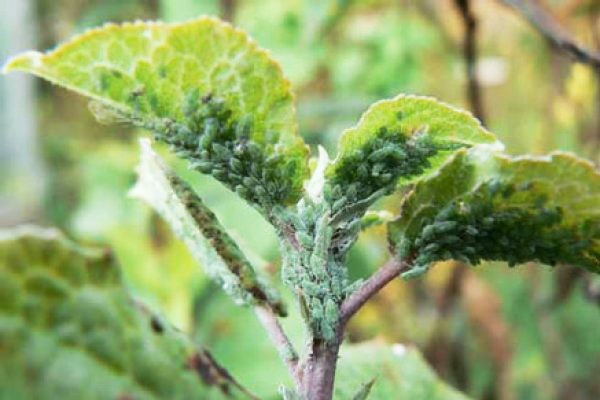
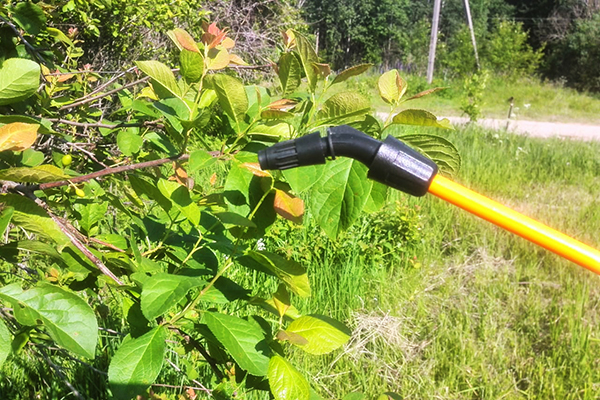
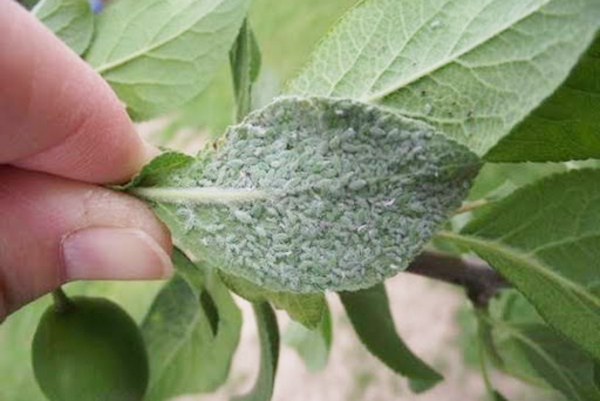
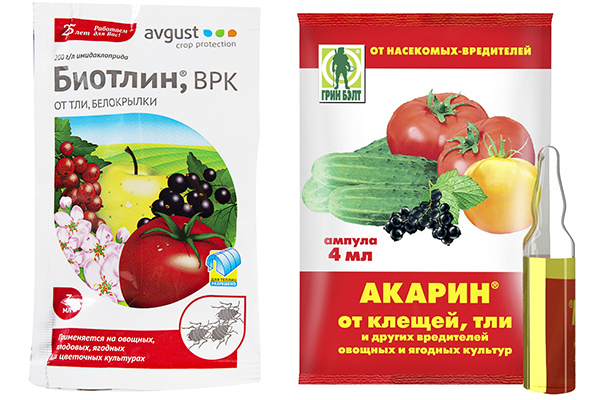
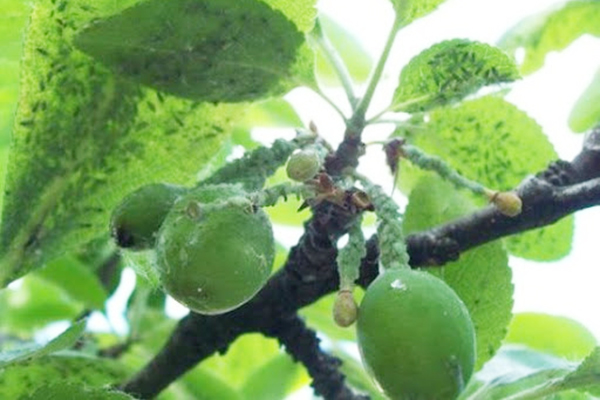
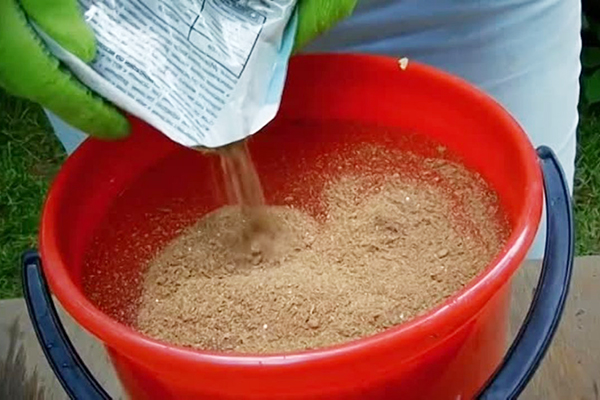
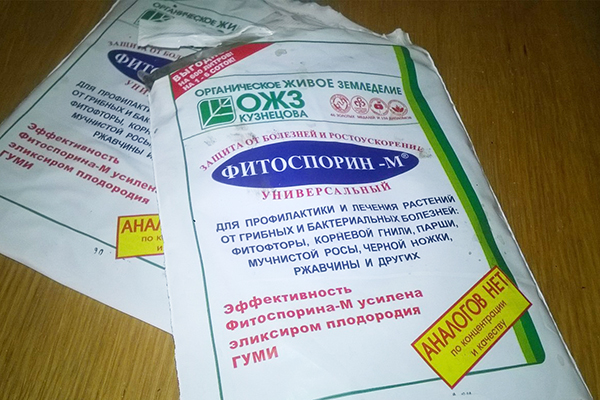
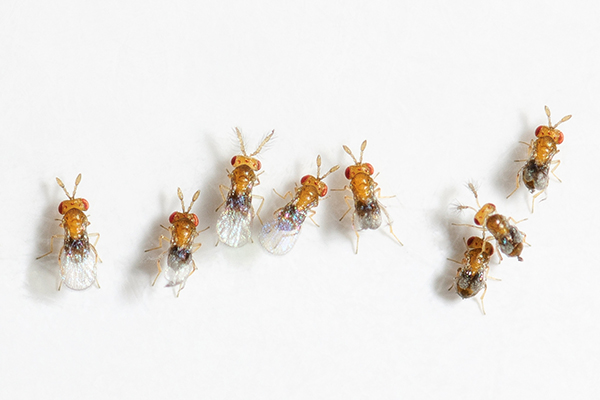
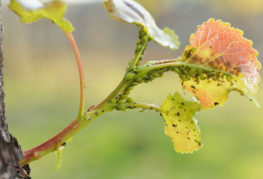

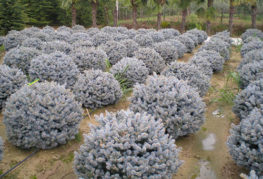
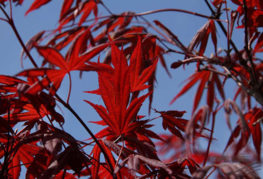
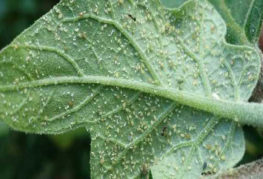

and will be published shortly.